With its enemies upgrading their weaponry, Israel must consider the future costs of maintaining the political status quo.
Many have praised the Iron Dome’s (ID) stellar performance in the latest Israel-Gaza war. And while some experts impugn this success — insisting that most Tamir interceptor missiles fail to neutralize the warhead of the intercepted rocket — the Iron Dome indubitably affords Israelis the tranquility to go about their business, conflict notwithstanding.
Yet amidst an indefinite absence of peace, Israel’s substate foes such as Hamas, Islamic Jihad and Hezbollah will ultimately upgrade their arsenals of “dumb” rockets to include greater numbers of precision guided munitions (PGM). And when they do, the Israeli public may no longer enjoy the luxury of normalcy; at least not without footing an exorbitantly expensive missile defense bill.
Expanding Capabilities
In the recent round of hostilities, Hamas fielded a rocket arsenal that is unprecedented in terms of sheer numbers and range. Despite all of Israel’s efforts at strangulating the group — including naval blockades, the persistent destruction of smuggling tunnels, curbing the inflow of dual-use materials, multiple aerial and ground campaigns – Hamas’ rocket arsenal has mushroomed by roughly 100% to 11,000 since Operation Pillar of Defense in 2012, Israel’s previous Gaza offensive. Contemporaneously, its stock of long-range (over 80km) rockets jumped from “the low two digits” — only a few of which remained after the forgoing operation–to hundreds; additionally, its mid-range rockets have become “much more accurate.”
At first glance, this progression is bemusing. Egypt’s new president, Abdel Fattah el-Sisi, spent the past year punishing the local Muslim Brotherhood and its ideological scion Hamas in Gaza; both of whom he viewed as coconspiring acts of domestic terrorism. In short order, Hamas saw 95% of its contiguous smuggling tunnels into Egypt — its military and economic lifeline — either shut down or destroyed.
To make matters worse, Iran — incensed over Hamas’ support for anti-Assad rebels in Syria — substantially curtailed (although not completely) its provisions of military assistance to the group.
But wedged between a rock and a hard place, Hamas proved both resilient and resourceful. Its engineers spent years learning the art of rocket assembly under the tutelage of Iranian missile and explosives experts. So while many of its tunnels were laid to waste, the know-how for establishing an indigenous missile production capability remained.
Indeed, before the start of Operation Protective Edge (OPE), Hamas’ factories were thought to be “producing some 30 medium-range missiles (capable of hitting Tel Aviv) a month using components smuggled in from Iran and Syria.” They also churned out the R160, a Syrian-made M302 knock-off that recently struck Israel’s northern city of Haifa some 90 miles away – the furthest Hamas had ever reached.
Mowing the Lawn
Operation Protective Edge, like its antecedents, succeeded in “mowing the lawn” — a time-honored metaphor characterizing the Israeli Defense Forces’ (IDF) recurring need to pare the tactical wherewithal of its enemies.
But the grass, as always, will grow back longer and greener. With Palestinian statehood nowhere on the horizon, Hamas has no choice but to reconstitute its missile arsenal, its crowning (and only) achievement. Without the means of lashing out at Israel, Hamas would no longer be the standard-bearer of resistance against the occupation.
It is thus half-baked to think (as some pundits do) that it will forsake its mantle because of the drudgery of rearming. Whether it takes months or years, it will do so. Iran is already offering its assistance on this front while Hamas typically builds its rockets using dual-use materials, which “cannot be kept out of Gaza.” What’s more, due to the “commercial availability of key supporting capabilities, such as imagery and command and control,” as well as the “universal free access to precision navigation and timing data,” Hamas’ arsenal will inevitably graduate to precision-guided munitions that can hit within feet of its target.
Forecasting this hefty total was an analysis put out by the Israeli Institute for National Security Studies, which incorporated a defense establishment assessment foreseeing barrages of a 1,000 missiles per day (800 short-range, 250 of which would threaten urban areas; 100 mid-range; 100 long-range) battering the home front in a next major war.
Long monopolized by only the most advanced of nation states, the plunging cost of guided weapons and their often commercial underpinnings, “combined with their potential to terrorize local populations, make them a weapon of choice for nonstate actors such as irregular terrorist groups.” In fact, Tom Ehrhard of the center for Strategic and Budgetary Assessments foresees guided mortars as “the next IED.”
More than a decade ago, with a meager $5,000 budget and “off-the-shelf” technology, a radio control airplane aficionado built what he claimed was a prototype of a “do-it-yourself” (DIY) cruise missile. Although he never got to test it – a disquieted New Zealand government crashed the party – the event underscored both the widening grey area between military and commercial technologies, as well as their increasing accessibility to anyone with will and money.
This trajectory, says US Marine Lieutenant General George Flynn, is “not only worrisome, but unavoidable as relatively inexpensive guided weaponry proliferates worldwide.” And as they do, the know-how for making them will follow.
Iran is a case in point. Having reverse engineered PGMs it purchased from Russia, Iranian armories now produce a wide array of copied guided armament including artillery, mortars, and missiles.
Cladestinization of Munitions
Ominously, the more states there are with PGM production capabilities, the harder it becomes to monitor and control where their finished products end up. For instance, Iran often shares its technological wealth with others, notably its anti-Israel proxies. Hezbollah was alleged to have received the Iranian-made Fateh 110 missile, a 300km guided missile armed with 1000lb.+ of explosives; while Hamas, in addition to the aforementioned DIY missile expertise, was given Unmanned Aerial Vehicles (UAV) that can double as a jury-rigged guided missile.
Western intelligence agencies, of course, are on the lookout for these illicit transfers. But as Christopher Harmer explains, “keeping track of every such device manufactured is impossible.”
The “clandestinization” of munitions production and transport are currently an obstacle Western spy agencies do not have an answer to. For instance, missiles are increasingly produced in dual-use factories — or those fashioned to resemble them — making it hard for overhead imagery to distinguish between civilian and military output. More problematic, some systems come disguised as your standard shipping container, which could “just as well be carrying televisions.”
Human intelligence (i.e. eyes on the ground) is thus key. In Israel’s case, while forgoing has been good, it is–as is manifest in Hezbollah’s reputed acquisition of precision missiles–not perfect.
An Expensive “Structural Disadvantage”
That Israel’s enemies are likely to wield more and more precision-guided munitions in the coming years carries grave implications for the integrity of its missile defense. The accuracy of such weapons puts the defender at a “structural disadvantage,” compelling him to defend an expansive list of targets while potentially having to counter each inbound projectile with multiple (and expensive) interceptors.
The Iron Dome, for instance, occasionally fires tandems of missiles per target in the event that only one hits its mark. But considering precision-guided munitions would threaten Israel’s critical infrastructure — including, inter alia, power plants, oil platforms, nuclear facilities — parsimony (i.e. launching only one missile) suddenly becomes too risky.
Likewise, those missiles would deny Israel’s missile defense batteries the latitude of “selective fire” — i.e. intercepting only those headed for populated areas. As they are likely to be bundled in fusillades of “dumb” rockets, targeting radars would struggle to differentiate between the two and, in effect, may need to target everything. Consequently, and owing to the expensive cost and finite supply of its interceptor missiles, Israel would have to prioritize “preserving the IDF’s offensive capability (air force bases, command and control centers etc.)” over defending its civilians.
Even when factoring in the economic damage Israel’s Missile Defense triad (i.e. the Iron Dome, Magic Wand (MW) and Arrow 2/3 (A2/3) stands to prevent, the cost of its prolonged activation (weeks not days) — to say nothing of other war-related expenditures ( like its airport being shutdown) — could be prohibitive.
Forecasting this hefty total was an analysis put out by the Israeli Institute for National Security Studies, which incorporated a defense establishment assessment foreseeing barrages of a 1,000 missiles per day (800 short-range, 250 of which would threaten urban areas; 100 mid-range; 100 long-range) battering the home front in a next major war. Collating the price of each interceptor variant (i.e. Iron Dome $50-100k; Magic Wand $1.25 mil; Arrow 2/3 $3 mil), researchers found that the missile inventory needed for a month’s worth of fighting (roughly two missiles per intercept) would likely cost the country some $26 billion. However, this price tag only includes the cost of “pulling the trigger.” Israel would also have to invest billions to recoup its depleted stocks for the next (inevitable) round of fighting.
Of course, a situation in which a presumed triumvirate of Hamas, Hezbollah and Iran gangs up on Israel is highly unlikely to occur for the foreseeable future. Iran has enough on its plate tending to the insurgencies racking its allies in Syria and Iraq. Ditto for Hezbollah, which — its local popularity at an all-time low due to its pro-Assad entanglement in Syria — does not want the blame for having reduced Lebanon to rubble. Still, in the Middle East — with all its vagaries and sudden “earth quakes,” anything is possible.
No matter how hardy Israel builds its ramparts, the Palestinians will never simply “learn” to embrace its dominion. The longer Israel drags its feet vis-à-vis the peace process — specifically the territorial concessions it is reluctant to make — the more Palestinians will see Hamas’ resistance platform (i.e. its missile attacks) as the only recourse left.
Taking nothing for granted, Israel incessantly prepares for the coming battle, for which the maintenance of an ample interceptor missile supply is essential. But given the economics of spending million of dollars to bring down just one of many guided missiles, is this situation tenable over the long run?
Pay the Rent or Leave the “Fortress Mentality”?
Now that the smoke has cleared over Gaza, the Israeli public — one-fifth of whom live in poverty — must ask itself: Is it content with an interminable future of earmarking a chunk of its precious budget (currently $113 billion) towards the procurement of interceptor missiles?
Assuming the answer is yes, Israel should consider reviving its forlorn Skyguard laser defense program, which while mired with wayward technical difficulties, is drastically cheaper ($3,000 per intercept) than its missile counterpart. Unfortunately, “yes” also resigns Israel to the conflict’s insolubility, continued occupation, and thereby the necessity of living in a costly fortress state.
No matter how hardy Israel builds its ramparts, the Palestinians will never simply “learn” to embrace its dominion. The longer Israel drags its feet vis-à-vis the peace process — specifically the territorial concessions it is reluctant to make — the more Palestinians will see Hamas’ resistance platform (i.e. its missile attacks) as the only recourse left. Emboldened by this support, which has oscillated throughout the years, Hamas will rearm with a vengeance.
In the backdrop, the passage of time will see precision-guided technology proliferate to the point of ubiquity. Naturally, Hamas’s missile program, as well as that of Israel’s other enemies, will become more sophisticated and dangerous than ever before. Alas, for Israelis, the days of lighthearted bomb shelter “selfies” will be history.
Thus, if Israel is to avoid the run-away costs of its fortress it must believe it does not have to live in one. Specifically, now that a ceasefire in Gaza has taken hold, it must not bask in the X years/months of quiet its $2.5 billion war has conceivably secured. Rather, it should proceed directly to the negotiating table and give the Palestinians the state they deserve.
The views expressed in this article are the author’s own and do not necessarily reflect Fair Observer’s editorial policy.
ChameleonsEye / Shutterstock.com
Support Fair Observer
We rely on your support for our independence, diversity and quality.
For more than 10 years, Fair Observer has been free, fair and independent. No billionaire owns us, no advertisers control us. We are a reader-supported nonprofit. Unlike many other publications, we keep our content free for readers regardless of where they live or whether they can afford to pay. We have no paywalls and no ads.
In the post-truth era of fake news, echo chambers and filter bubbles, we publish a plurality of perspectives from around the world. Anyone can publish with us, but everyone goes through a rigorous editorial process. So, you get fact-checked, well-reasoned content instead of noise.
We publish 2,500+ voices from 90+ countries. We also conduct education and training programs
on subjects ranging from digital media and journalism to writing and critical thinking. This
doesn’t come cheap. Servers, editors, trainers and web developers cost
money.
Please consider supporting us on a regular basis as a recurring donor or a
sustaining member.
Will you support FO’s journalism?
We rely on your support for our independence, diversity and quality.



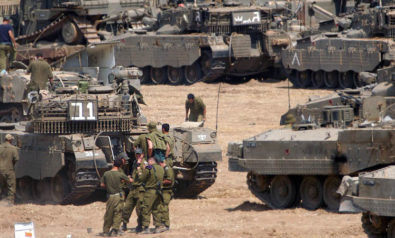






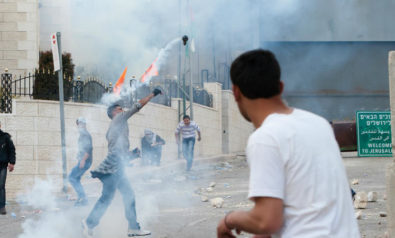
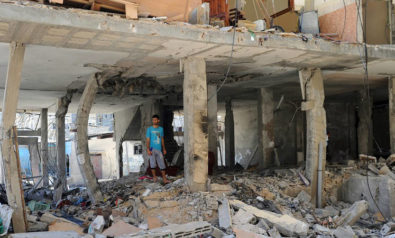

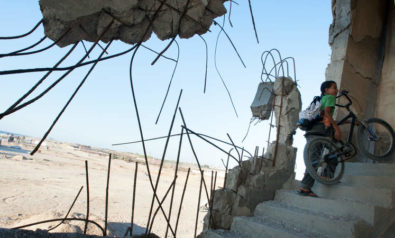





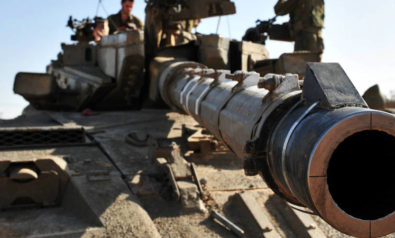



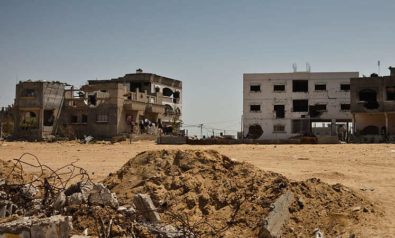

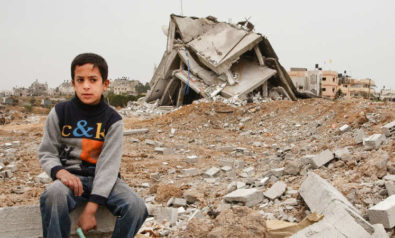

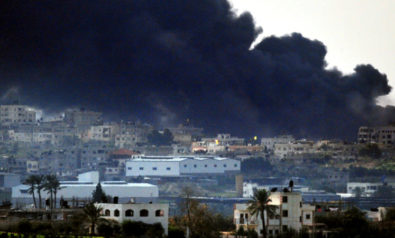
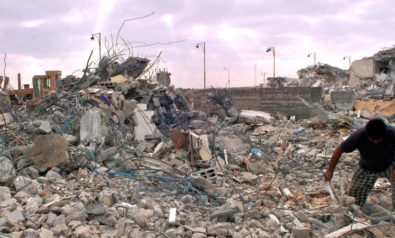
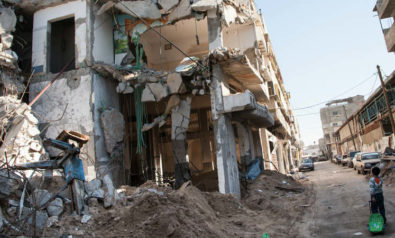



Comment